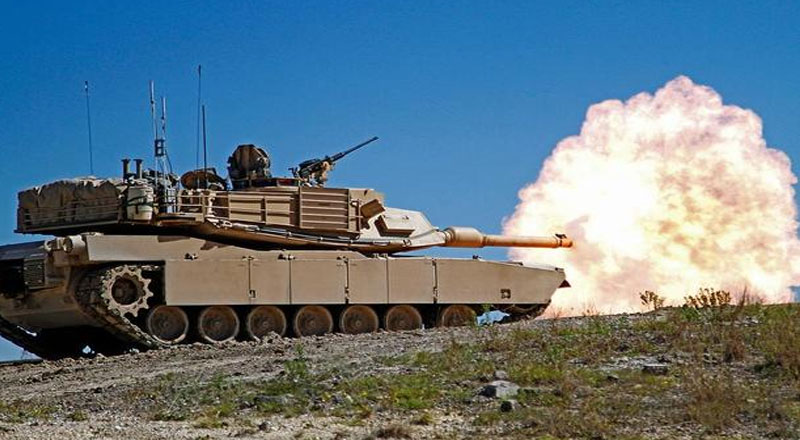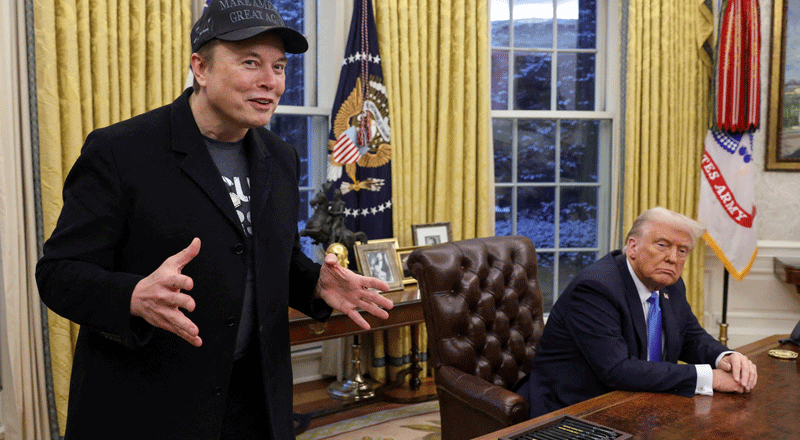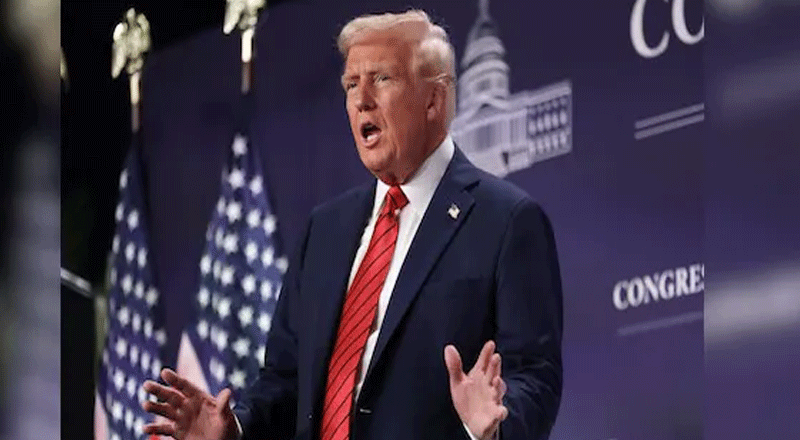- Ukrainian soldiers have begun training on the US Abrams and German Leopard-2 main battle tanks.
- The US and European countries announced their tank deliveries to Ukraine.
- President Joe Biden authorized 31 Abrams tanks while British Prime Minister Rishi Sunak approved 14 Challenger-2s and the German Chancellor announced 14 Leopard-2s.
While it can be assumed that the training programs were significantly truncated and compressed, videos on social media and reports indicate that Ukrainian soldiers have begun training on the US Abrams and German Leopard-2 main battle tanks (MBT), the reports still claimed the Ukrainian soldiers were quick learners who were satisfactorily coping with Western tanks’ vastly different operating procedures.
The US and European countries announced their tank deliveries to Ukraine in late January when President Joe Biden authorized 31 Abrams tanks while British Prime Minister Rishi Sunak approved 14 Challenger-2s.
German Chancellor Olaf Scholz announced 14 Leopard-2s. While the total number of 59 tanks is far less than the 300 Ukraine’s military chief General said would be needed to beat back Russia, it still serves as a significant statement of solidarity.
Moreover, the Ukrainian military receiving arms endlessly would create a permanently hard border in eastern Europe, which entails many economic and political fallouts that might impact Russia.
The German defence Ministry was quoted that Ukrainian service members had begun training on Leopard-2s at the Panzer Troops School at Munster in Lower Saxony. A spokesperson for the Ministry of defence in Berlin said that the training should be completed by the end of the first quarter.
A group of Ukrainian soldiers are also currently being trained on the Marder Infantry Fighting Vehicle (IFV) in Germany. Thus, it can be safely assumed that the IFV and Leopard-2 programs would be harmonized to carry out joint infantry and armoured operations – IFVs carrying troops and tank groups jointly assaulting enemy positions.
However, this can be explained by Russia’s aiming for more significant strategic and political victories that required it to sustain such tactical defeats and accrue nearly all of its strategic aims over time in a long-drawn-out operation.





